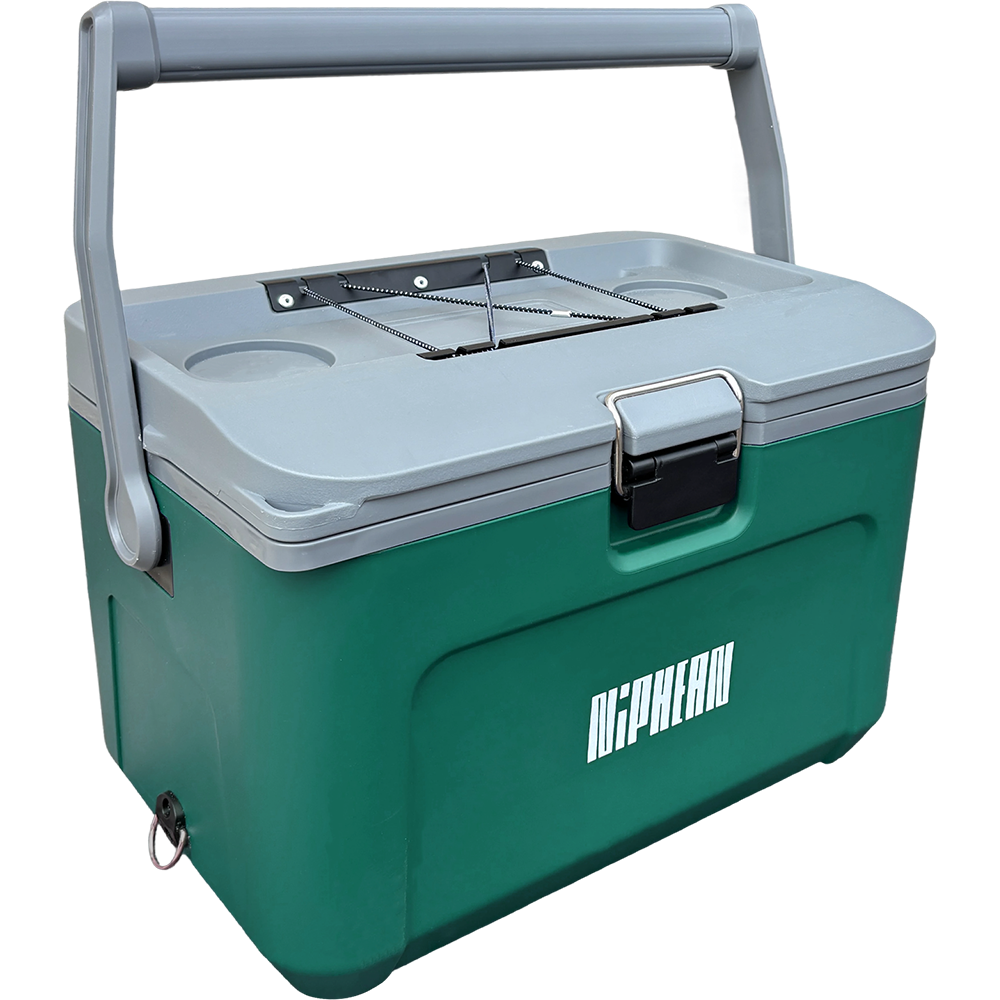- No products in the cart.
Which Paddle Board Material Is Best?
May 25, 2025
Choosing the right paddle board material is one of the most important decisions before you get on the water. Whether you're considering a lightweight inflatable paddle board, a performance-focused hardboard, or a hybrid model, the board's material significantly impacts performance, durability, and handling.

This guide explores the most common paddle board materials available in 2025 and how each one influences your experience on the water.
Why Paddle Board Material Matters
Material affects:
- Durability
- Weight
- Rigidity
- Performance in water
- Storage and portability
Different constructions offer different trade-offs, and understanding those is key to finding a board that fits your paddling needs.
1. Inflatable Paddle Boards (PVC + Drop-Stitch Core)
Inflatable paddle boards are constructed using multiple layers of military-grade PVC and a drop-stitch core that maintains the board's shape when inflated to high pressure.
Key Features:
- Lightweight and highly portable
- Tough enough for most water conditions
- Resistant to dings or cracks
- Easy to store and travel with
This type of board is widely preferred for recreational use, beginners, and those without much storage space. With modern drop-stitch technology, many inflatable SUPs now offer excellent rigidity and stability.
2. Epoxy/Fiberglass Hardboards
These traditional epoxy SUP boards feature an EPS foam core wrapped in layers of fiberglass and sealed with epoxy resin.
Key Features:
- Rigid underfoot for excellent glide and tracking
- Great for flatwater touring or coastal paddling
- More sensitive to water feedback and technique
- Needs careful handling-prone to dings or cracks if dropped
Epoxy boards appeal to paddlers looking for performance and a connected feel with the water, making them a favorite among intermediate and advanced users.
3. Carbon Fiber Paddle Boards
Carbon fiber paddle boards represent the premium end of the market. These are typically used in racing or long-distance touring, where low weight and ultra-high stiffness are required.
Key Features:
- Incredibly lightweight and rigid
- Responds immediately to paddling effort
- Performs well in varied water conditions
- Must be handled with care to avoid cracks
While not necessary for casual paddling, carbon-reinforced boards provide a serious edge for competitive and technical paddlers.
4. EVA Foam Soft-Top Boards
Soft-top paddle boards use EVA foam as the outer surface layer for a more forgiving and comfortable feel. Beneath the EVA is typically a foam or fiberglass core.
Key Features:
- Comfortable for standing, kneeling, or SUP yoga
- Less risk of injury if you fall
- Heavier and bulkier than other board types
- Best for calm water and beginner-friendly activities
These boards are ideal for kids, beginners, or group paddling environments where safety and comfort take priority over speed or responsiveness.
5. Hybrid / Composite Constructions
Some high-quality paddle boards now use a hybrid construction, combining multiple materials to balance strength, weight, and portability. For example, some inflatable SUPs incorporate carbon side rails, reinforced stringers, or multi-layer PVC.
Key Features:
- Better rigidity than traditional single-layer inflatables
- Enhanced structural support without major weight gain
- Balanced performance for touring, fitness, or long-distance
- Often used in next-generation inflatable paddle boards
This approach is growing in popularity among users who want inflatables with hardboard-like performance.
Material Comparison Chart
| Material Type | Durability | Weight | Performance | Portability |
|---|---|---|---|---|
| PVC (Inflatable) | ★★★★☆ | ★★★★★ | ★★★☆☆ | ★★★★★ |
| Epoxy/Fiberglass | ★★★☆☆ | ★★★☆☆ | ★★★★☆ | ★★☆☆☆ |
| Carbon Fiber | ★★★☆☆ | ★★★★★ | ★★★★★ | ★★★★☆ |
| EVA Soft-Top | ★★☆☆☆ | ★★☆☆☆ | ★★☆☆☆ | ★★☆☆☆ |
| Hybrid/Composite | ★★★★☆ | ★★★★☆ | ★★★★☆ | ★★★★☆ |
Final Thoughts
There is no universally "best" paddle board material—it all depends on how you paddle, where you paddle, and what you prioritize: portability, speed, comfort, or durability.
As of 2025, advancements in inflatable paddle board technology and hybrid designs continue to narrow the gap between convenience and performance. At the same time, carbon fiber paddle board and epoxy SUP constructions remain staples for serious paddlers and racers.
By understanding the strengths and trade-offs of each material, you’ll be better equipped to choose a paddle board that matches your lifestyle and supports your adventures on the water.
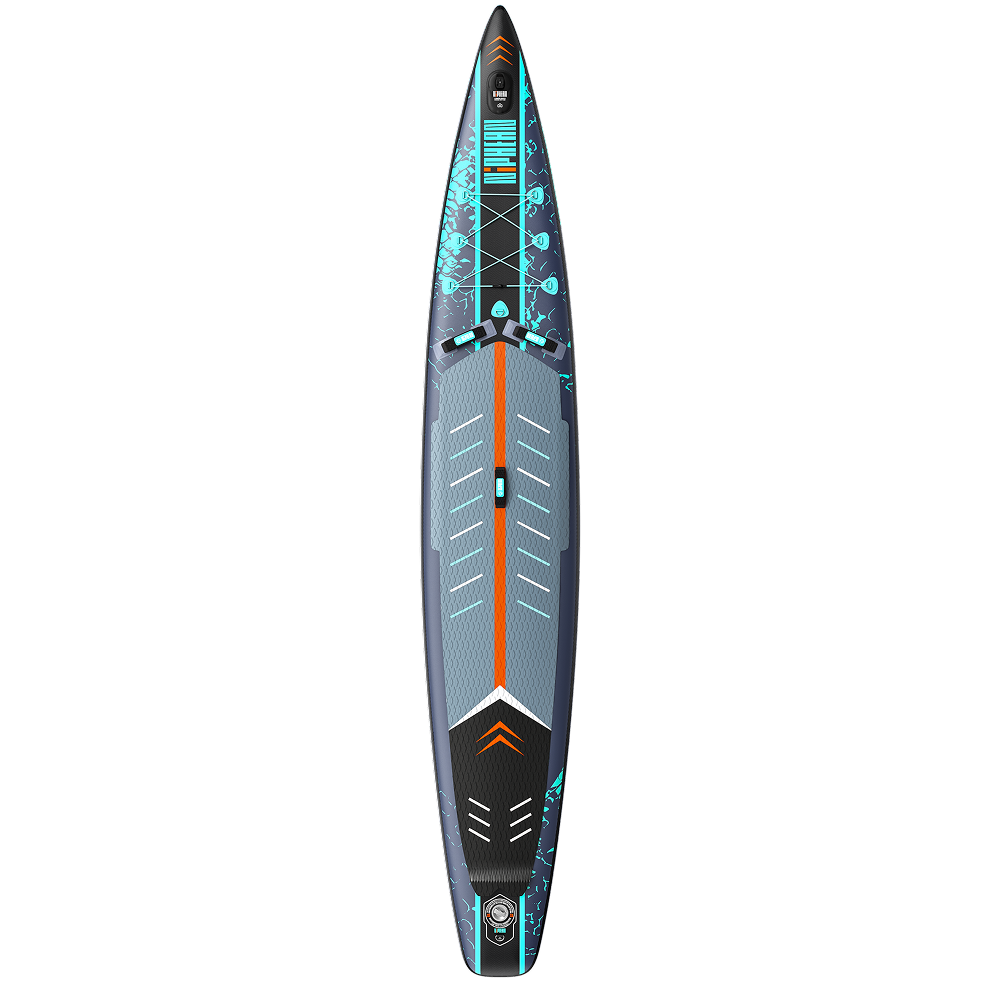
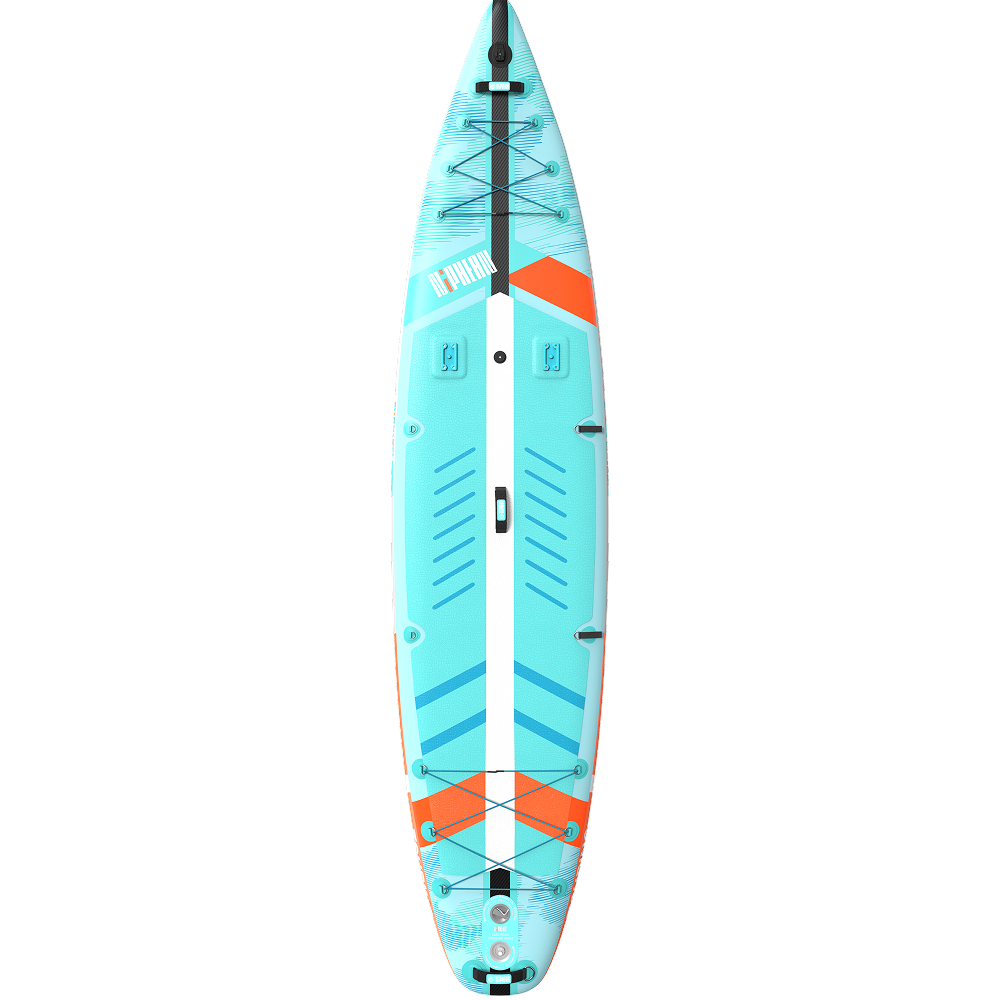
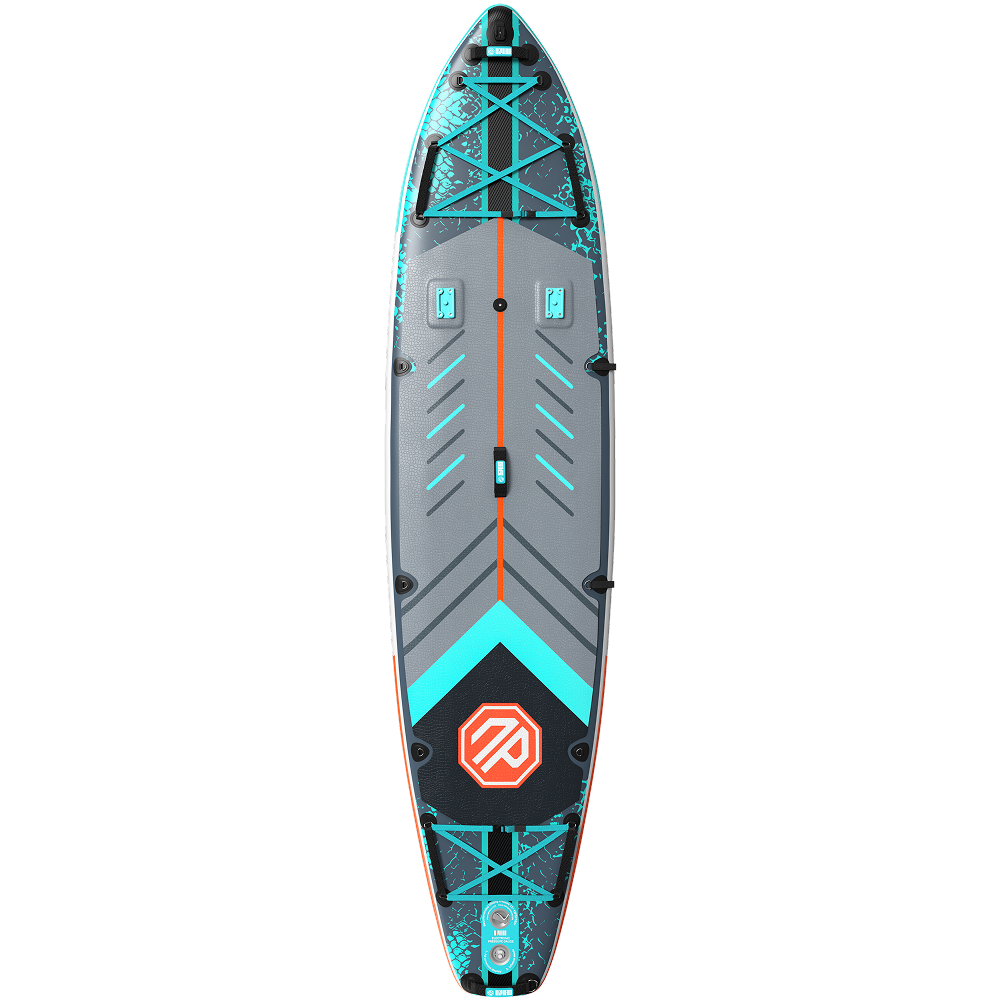
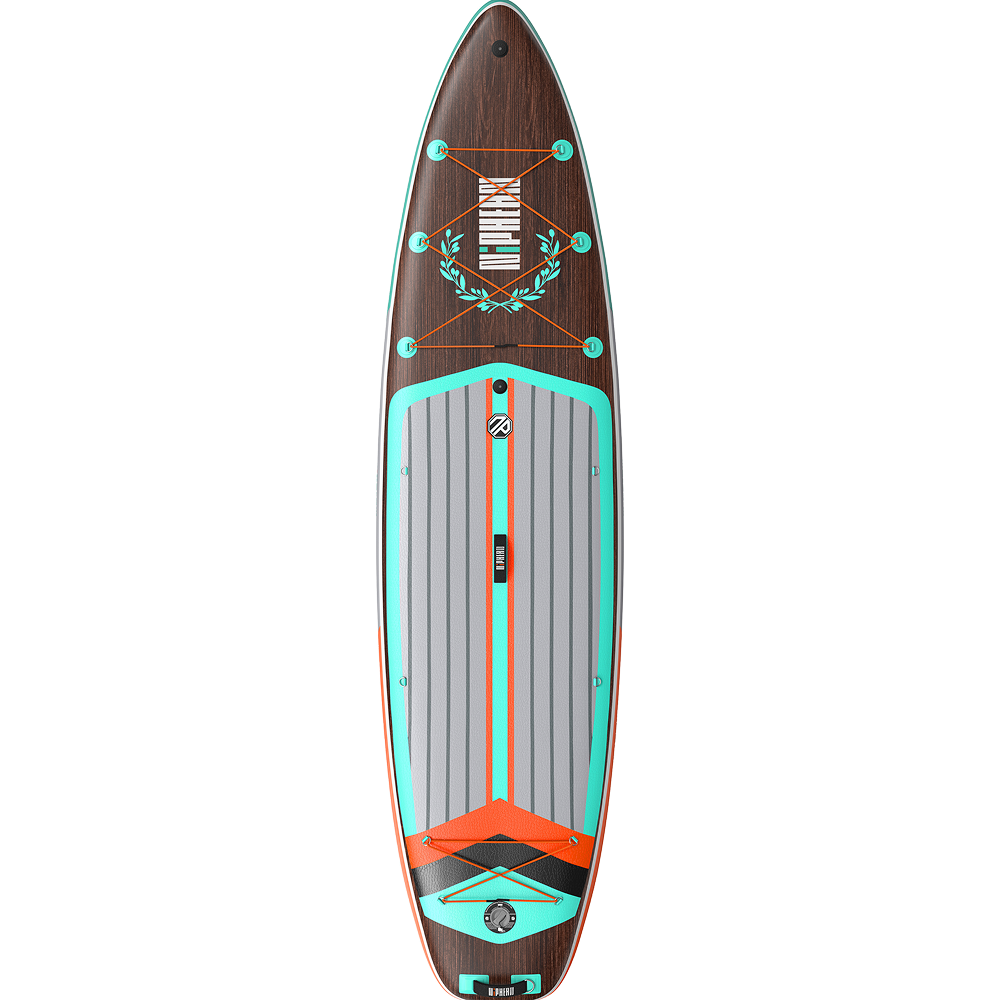
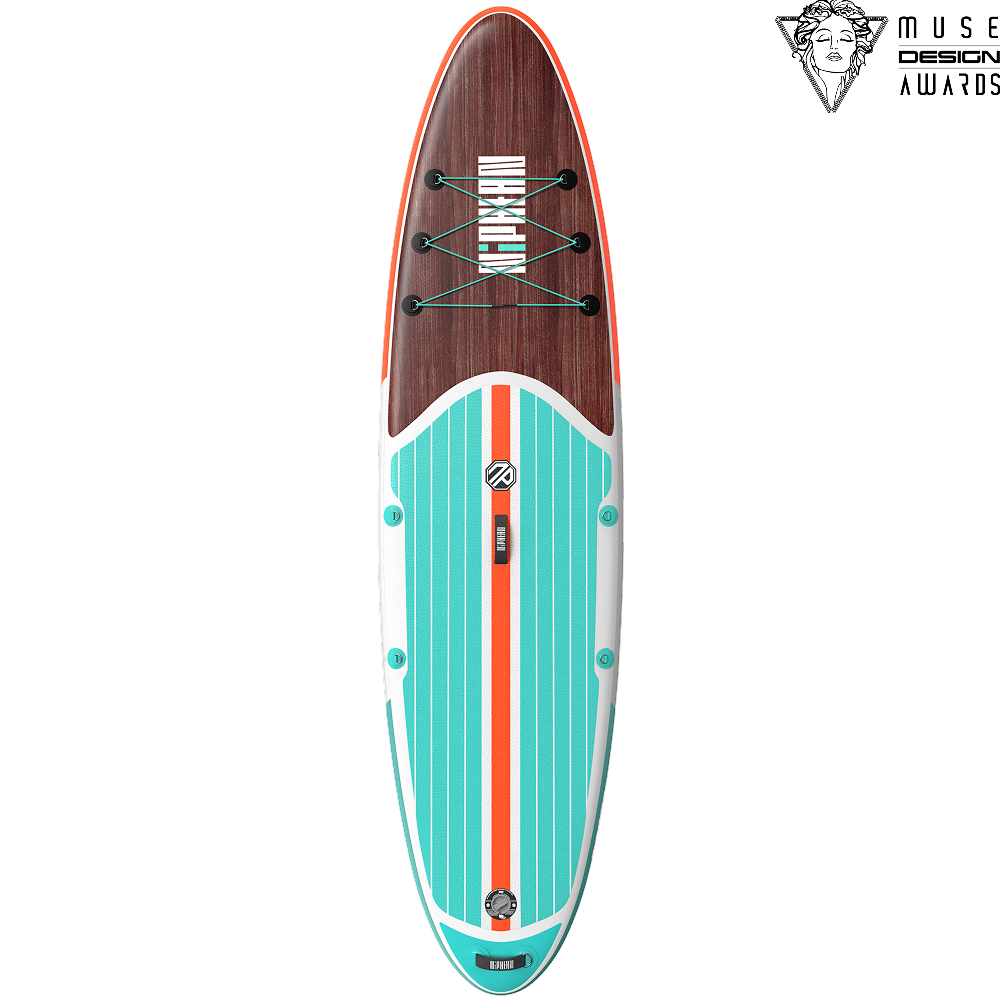
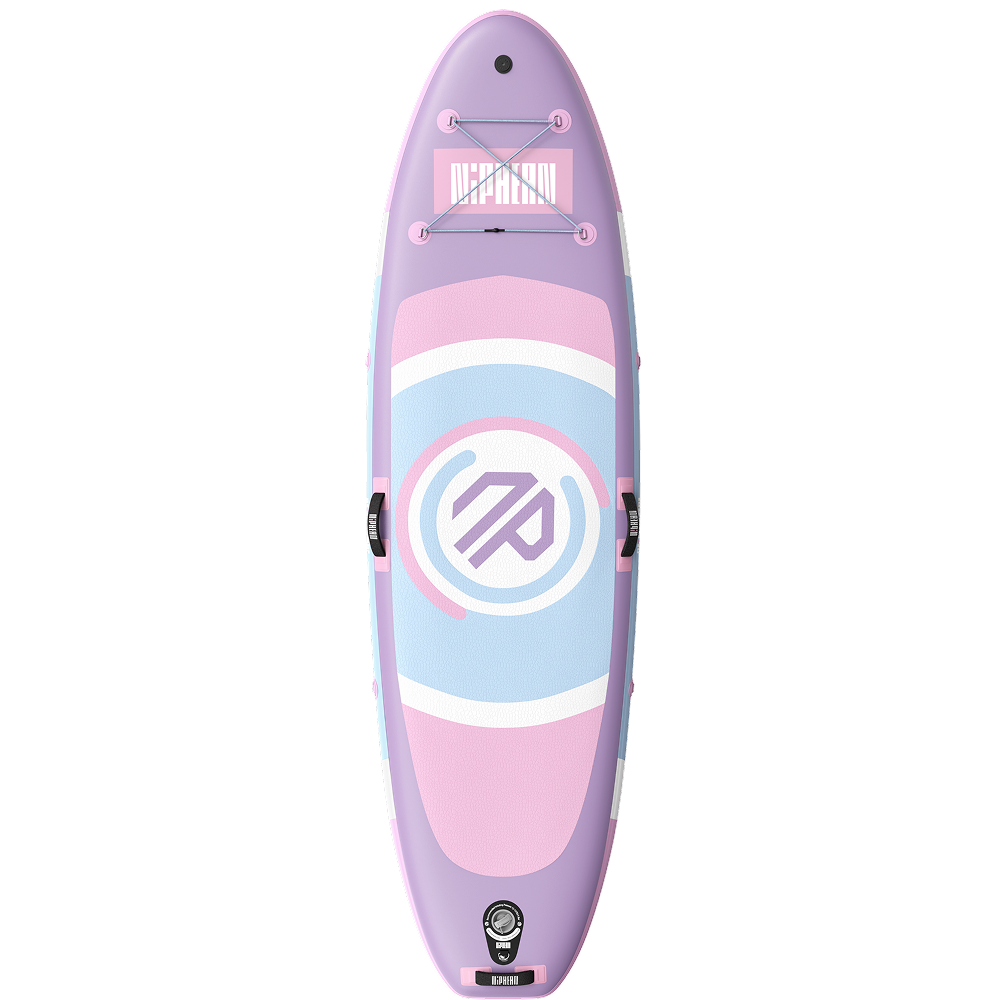





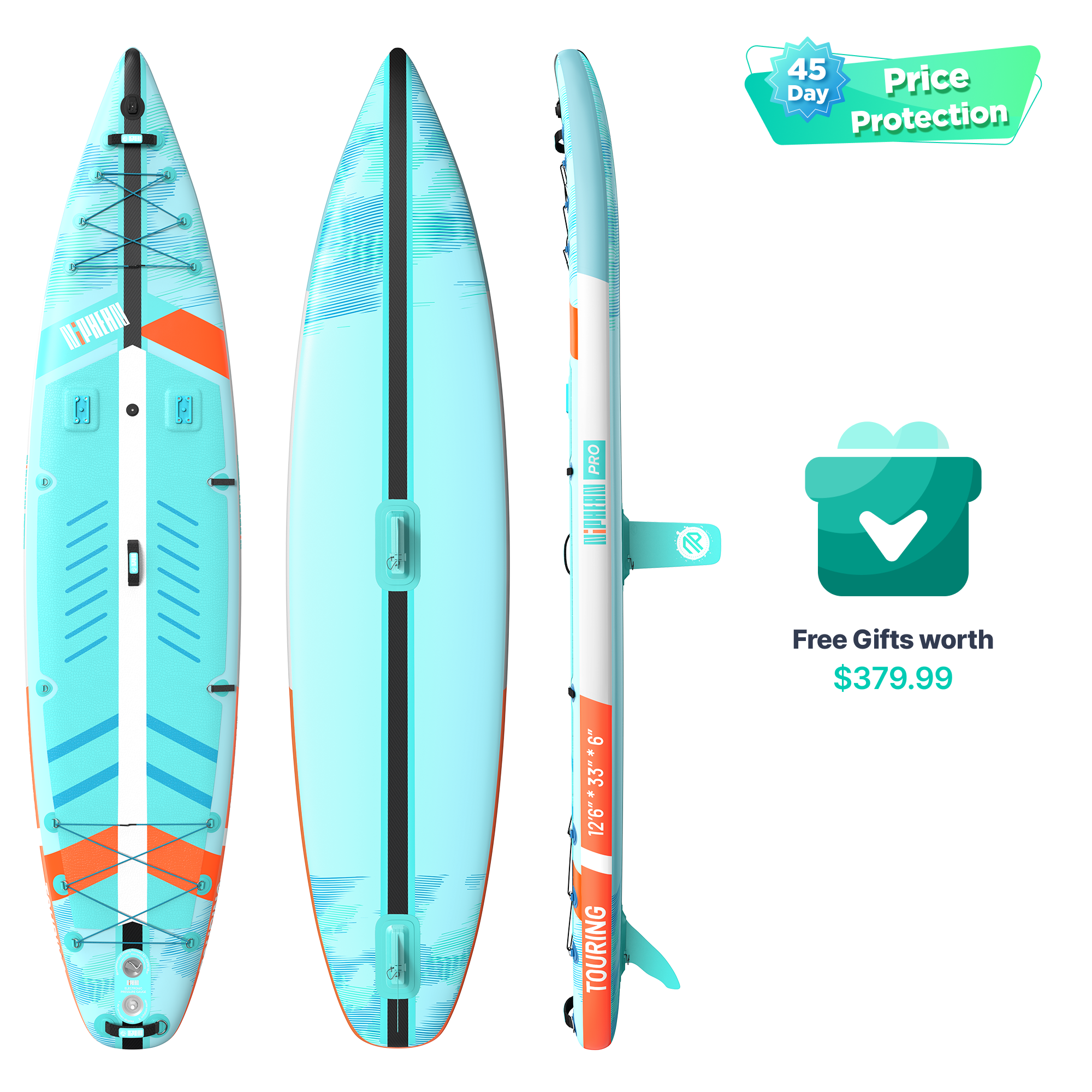
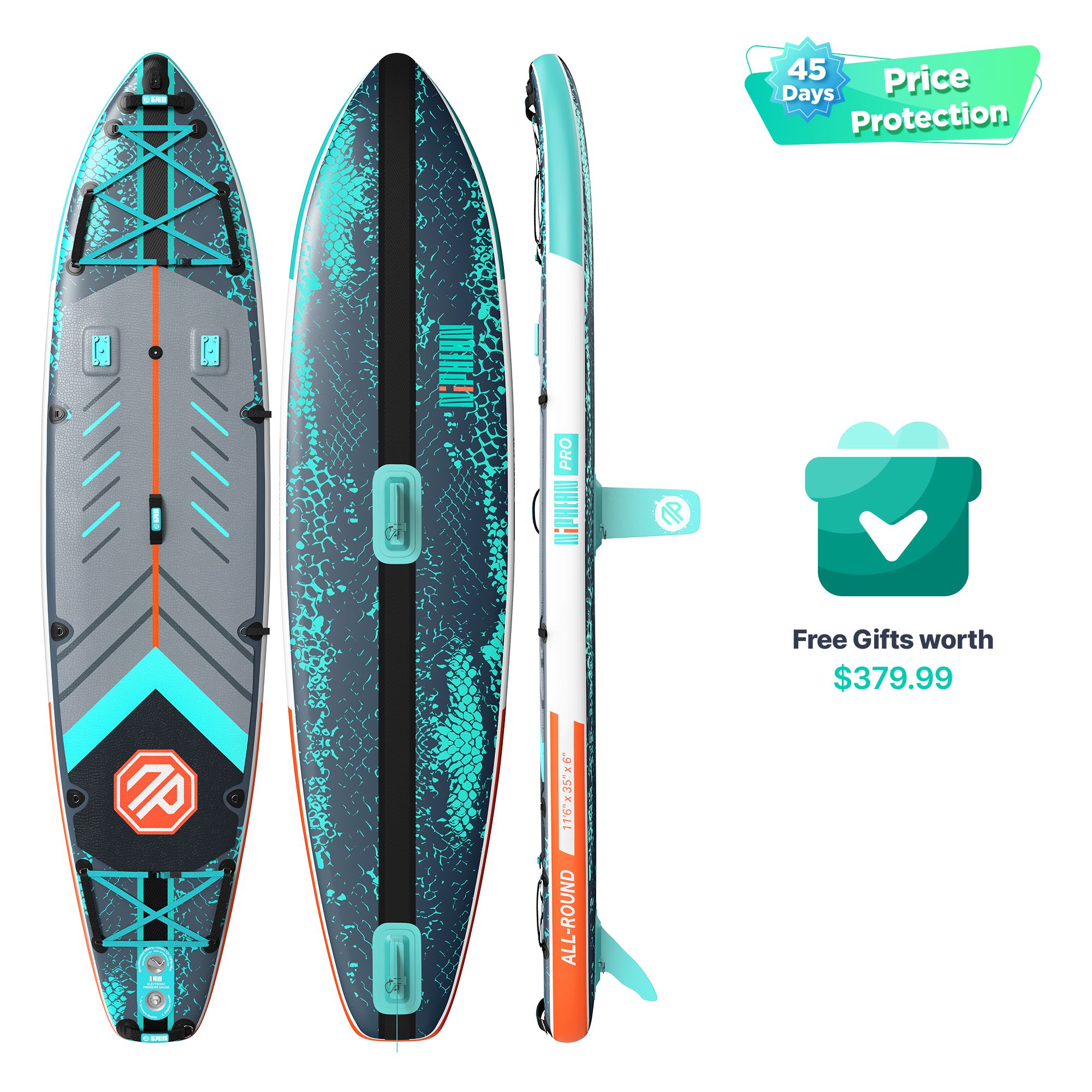

 Youtube
Youtube Facebook
Facebook Instagram
Instagram TikTok
TikTok